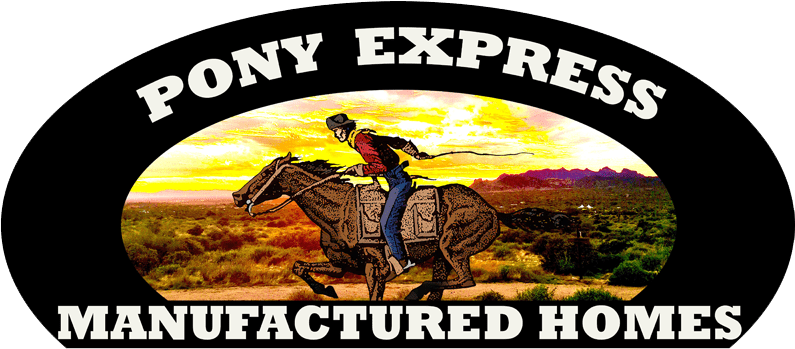Manufactured Home Move In checklist
Moving is stressful! Using a move in checklist is an essential tool to help keep you organized and ensure that nothing important gets overlooked before, during and after the move. Use our list below to help reduce your stress and the chances of forgetting important details.

Pre Move
After you have reviewed your county specifications and chosen your model and floor plan:
1. Prepare the Site
-
- Conduct a land survey to verify access to essential utilities such as water, electricity, sewer, and internet
- Ensure the site is prepped and ready for a foundation.
- Install a foundation that complies with Nevada’s building codes for manufactured homes including ventalation under the home and a proper anchoring system (available in the manufacturer’s written instructions or obtained from State or local building officials)
- Make arrangements for utility connections (water, electricity, gas, sewer, or septic system).
- see our list of trusted contractors to help you
2. Apply for Necessary Permits
3. Transportation and Installation
These are two of the most crucial steps in setting up your new manufactured home.
-
- Hire a licensed and insured manufactured home mover. Veryify the mover/installer is licensed and will abide by the manufacturer’s installation instructions.
- Ensure the home meets the Nevada Manufactured Housing Division’s standards for installation and anchoring.
- Schedule a home inspection by a certified inspector after installation.
4. Purchase Homeowners Insurance
-
- Ensure it’s tailored to provide coverage for manufactured homes and includes protection against natural disasters prevalent in Nevada, including wildfires and floods.
Move In
1. Address Change and Utilities
-
- Update your address with the United States Postal Service, banks, and other important institutions.
- Ensure all utilities are connected and functioning on a moving day.
2. Safety and Emergency Preparedness
-
- Make sure to become familiar with the specific emergency evacuation routes in your local area and the safety protocols established by the community to ensure everyone’s well-being in case of an emergency.
- Install smoke detectors and carbon monoxide detectors.
- Prepare an emergency kit for natural disasters, including water, non-perishable food, flashlights, and batteries.
3. Interior Setup
-
- Plan the layout of your furniture and appliances to optimize space.
- Conduct a thorough inspection of all appliances and systems, including the HVAC and water heater, to make sure they are in proper working condition. This includes checking for any signs of damage, unusual noises, or malfunctions.
- Install curtains, blinds, or shades on your windows to provide privacy and to help insulate your home by keeping the warm air in during the winter and the cool air in during the summer.
4. Exterior Setup
-
- To prioritize safety and security set up outdoor lighting. One energy-efficient option to consider is using solar-powered outdoor lights, which harness renewable energy from the sun.
- If in a community, comply with landscaping and exterior décor guidelines. This may include maintaining front yard landscaping, following color schemes for exterior painting, and adhering to any other guidelines set forth by the association.
- Consider xeriscaping to reduce water usage which is especially important in Nevada’s arid climate.
5. Community Integration
-
- If applicable, meet with the manufactured home community manager to understand the community rules and amenities.
- Introduce yourself to neighbors and join local social media groups or community forums to stay connected.
6. Maintenance Plan
-
- Create a schedule for regular maintenance tasks such as checking the roof for any signs of damage, inspecting the skirting for wear and tear, and scheduling professional servicing for the HVAC system to ensure optimal performance and efficiency.
- Keep a list of trusted contractors for repairs specific to manufactured homes.
Post Move
1. Review Warranty and Service Agreements
-
- Understand the warranty of your manufactured home and any appliances.
- Keep a file of all important documents related to your home purchase, warranty, and maintenance services.
2. Legal and Financial Documentation
-
- Ensure all legal documents (title, loan documents, insurance policies) are organized and stored safely.
- Register your home with the local county office if required.
3. Continuous Improvement
-
- Plan future upgrades or improvements for energy efficiency and comfort.
- Stay informed about manufactured home care and community developments.
Using a checklist can make the process of relocating much smoother and less stressful. We hope this list helps you stay organized, on budget, and reduces the potential for last-minute emergencies. We also encourage you to print this out and personalize it by adding any other items to complete before, during, and after the move.
